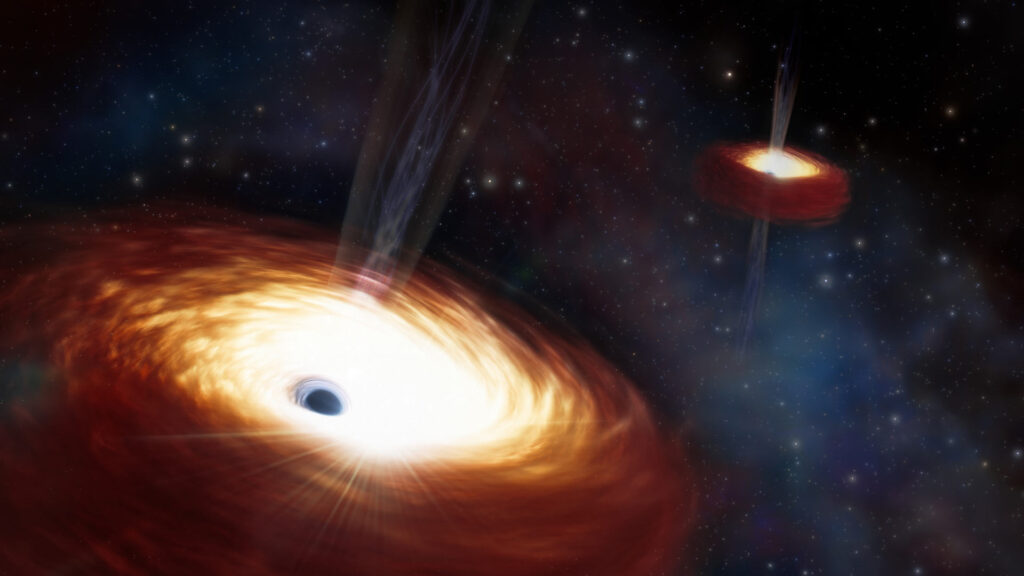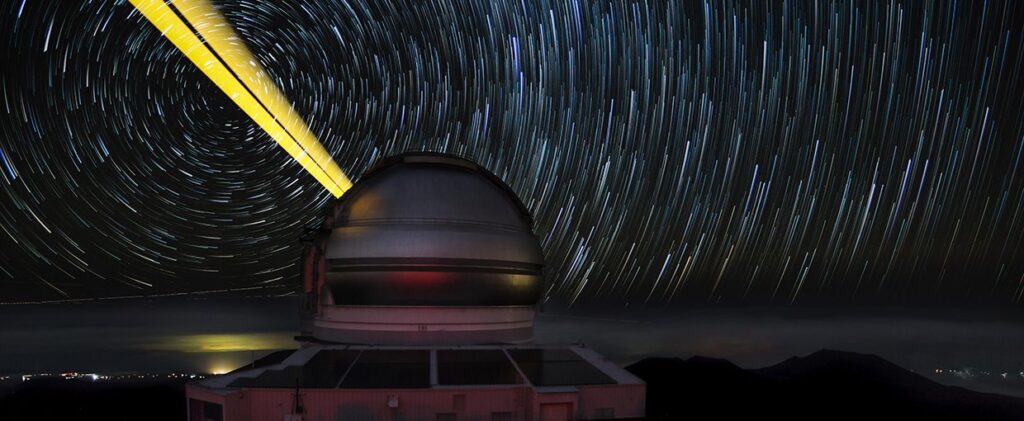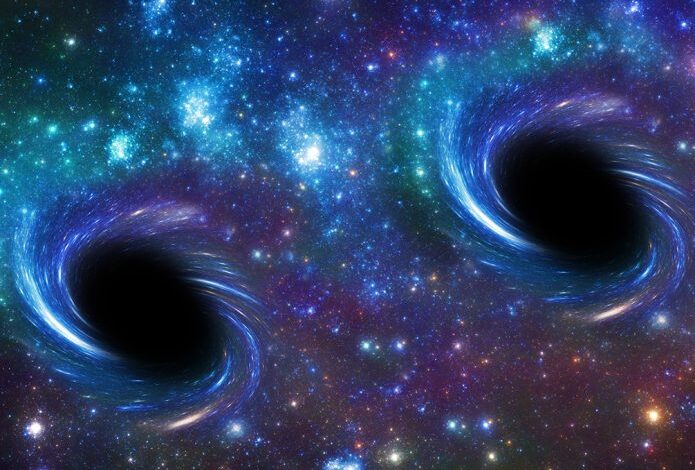Two monsters in the universe are so massive and so close to each other that they defy the laws of physics and refuse to merge. It sounds like a sci-fi movie, right? Well, it’s not. It’s reality. And it’s happening right now in a galaxy far, far away.
In this article, I’ll tell you about the most amazing and mysterious discovery of the decade: the heaviest pair of supermassive black holes ever measured and their stalled merger. You’ll learn what supermassive black holes are, how they form and evolve, and why they are important to study. You’ll also learn how astronomers found and measured these two behemoths, and why they are stuck in an endless duel that has lasted for three billion years. And finally, you’ll learn what this discovery means for our understanding of the universe and the future of astronomy.
Discovery

The galaxy where this incredible phenomenon is taking place is called B2 0402+379. It’s a fossil galaxy, meaning that it was formed by the collision and merger of two or more smaller galaxies in the past. It’s located about 4.3 billion light-years away from Earth, which means that we see it as it was 4.3 billion years ago.
But what makes this galaxy so special is not its origin, but its inhabitants. At the center of B2 0402+379, there are two supermassive black holes, each with a mass of about 14 billion times larger than that of the sun. That’s more than 3,000 times heavier than the supermassive black hole at the center of our own Milky Way galaxy. Together, they have a joint mass of 28 billion solar masses, making this the most massive black hole binary ever seen.
But that’s not all. These two black holes are also the closest in a supermassive black hole pair, separated by just 24 light-years. That’s about the same distance as the nearest star to our sun, Alpha Centauri. To put it in perspective, imagine two suns orbiting each other at the distance of Alpha Centauri. Now, imagine that each sun is 14 billion times larger and denser. That’s how close and massive these two black holes are.
Analysis

How did astronomers find and measure these two giants? Well, it wasn’t easy. In fact, it took them more than 20 years of observations and analysis to confirm their existence and properties. They used archival data from the Gemini North telescope, a powerful instrument located on the summit of Mauna Kea in Hawaii. The Gemini North telescope can capture images in the infrared spectrum, which can penetrate the dust and gas that obscure the center of galaxies.
By comparing the images taken at different times, the astronomers were able to detect the subtle motion of the two black holes around each other. They also measured the brightness and spectra of the black holes, which revealed their mass and distance. They found that the two black holes are orbiting each other at a speed of about 0.1% of the speed of light, and that they complete one revolution in about 150,000 years.
But the most surprising and puzzling finding was that the two black holes are not merging, despite their proximity and mass. According to the theory of general relativity, which describes how gravity works, two massive objects that are close enough should spiral towards each other and eventually collide and merge, releasing a huge amount of energy in the form of gravitational waves. This is what astronomers expect to happen with supermassive black hole pairs, and this is what they hope to observe with future instruments.
But the pair in B2 0402+379 seems to defy this expectation. The astronomers calculated that the two black holes have been orbiting each other for about three billion years, and that they have not moved closer or farther apart in that time. They are stuck in a stalemate, unable to merge or escape.

Implications
What does this discovery mean for our understanding of the universe and the future of astronomy? Well, it has several implications, both theoretical and observational.
On the theoretical side, it challenges our current models of supermassive black hole formation and evolution. How did these two black holes become so massive and so close in the first place? How common are such pairs in the universe? How do they affect their surroundings and their host galaxies? And why are they not merging? These are some of the questions that astronomers and physicists will have to answer with new simulations and calculations.
On the observational side, it opens up new possibilities and challenges for detecting and studying supermassive black hole mergers. The pair in B2 0402+379 is the only supermassive black hole binary that has ever been resolved in enough detail to see both objects separately. All the other candidates are either too far away or too faint to be distinguished. This means that this pair is a unique laboratory to test our theories and methods of observing supermassive black hole mergers.
But it also means that we may have to wait a very long time, perhaps longer than the age of the universe, to witness such a merger in action. Unless, of course, something happens that triggers the merger, such as a third black hole or a galaxy collision. In that case, we may be lucky enough to catch a glimpse of one of the most spectacular events in the cosmos.
Conclusion
In this article, I’ve told you about the most amazing and mysterious discovery of the decade: the heaviest pair of supermassive black holes ever measured and their stalled merger. You’ve learned what supermassive black holes are, how they form and evolve, and why they are important to study. You’ve also learned how astronomers found and measured these two behemoths, and why they are stuck in an endless duel that has lasted for three billion years. And finally, you’ve learned what this discovery means for our understanding of the universe and the future of astronomy.
Thank you for reading and watching. Until next time, keep exploring the wonders of the universe.



















